
Advanced Composite Solar Sail System Successfully Launches
On April 23, the Advanced Composite Solar Sail System CubeSat mission launched successfully aboard an Electron rocket launched by Rocket Lab and carried Ames' payload from Māhia, New Zealand. The CubeSat was subsequently delivered to a Sun-synchronous orbit around Earth.
Ames has pioneered the use of CubeSats and small satellites to run innovative, cost-effective missions and test technologies in space, providing leadership in cost-effective spaceflight missions for NASA.
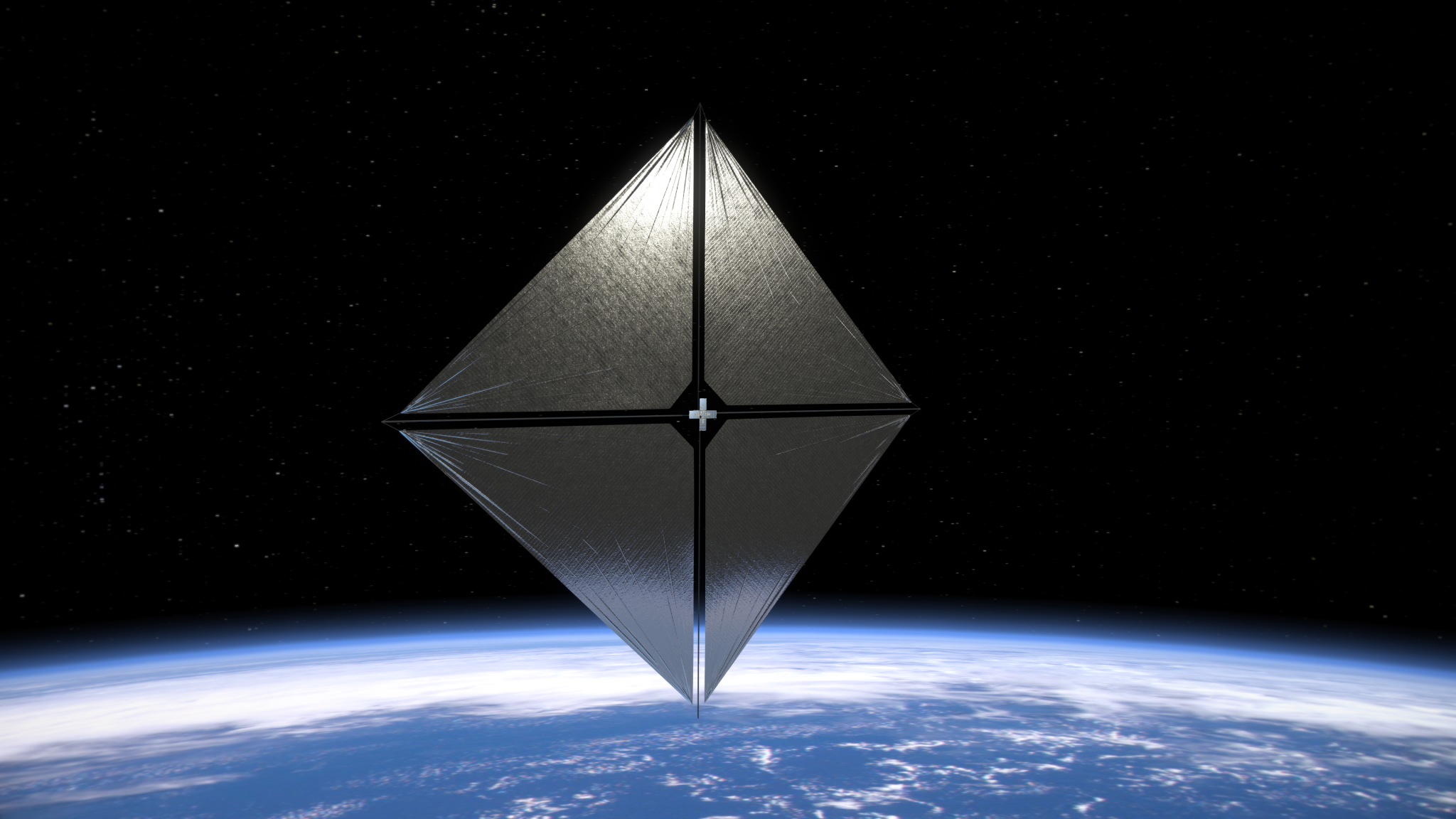
Under the auspices of STMD's Small Spacecraft Technology Program, the Advanced Composite Solar Sail System mission demonstrates next-generation solar sail technology for small interplanetary spacecraft. It will test a new way of navigating our solar system when the mission's CubeSat hoists its sail into space - not to catch the wind, but the propulsive power of sunlight. This technology could advance future space travel and expand our understanding of our Sun and solar system.
NASA, FAA Partner to Develop New Wildland Fire Technologies
Recently, NASA and the Federal Aviation Administration (FAA) established a research transition team to guide the development of wildland fire technology.
Wildland fires are occurring more frequently and at a larger scale than in past decades, according to the U.S. Forest Service. Emergency responders will need a broader set of technologies to prevent, monitor, and fight these growing fires more effectively. Under this Wildland Fire Airspace Operations research transition team, NASA and the FAA will develop concepts and test new technologies to improve airspace integration.
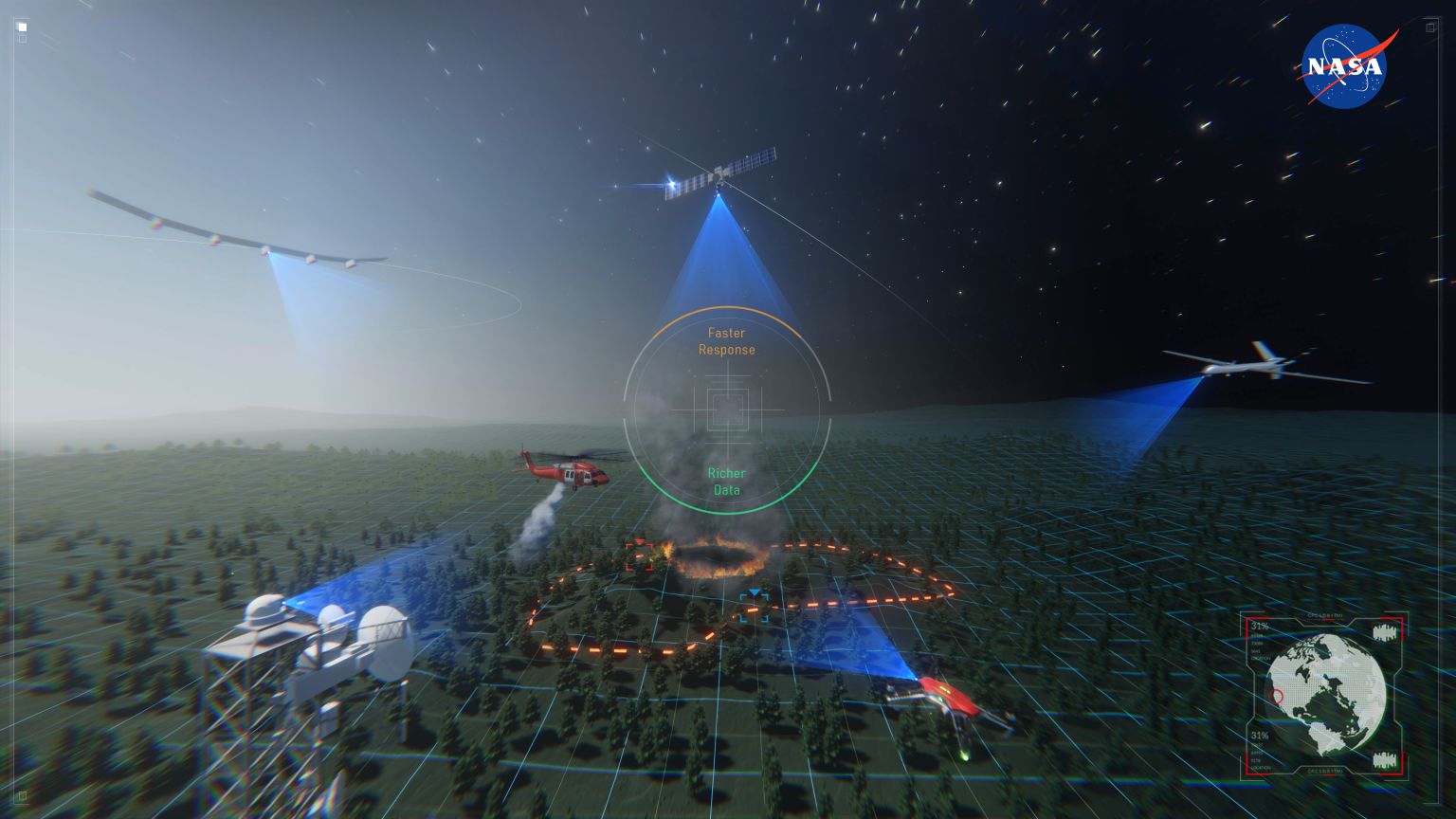
Current aerial firefighting operations are limited to times when aircraft have clear visibility - otherwise pilots run the risk of flying into terrain or colliding with other aircraft. Drones could overcome this limitation by enabling responders to remotely monitor and suppress these fires during nighttime and low visibility conditions, such as periods of heavy smoke. However, advanced airspace management technologies are needed to enable these uncrewed aircraft to stay safely separated and allow aircraft operators to maintain situational awareness during wildland fire management response operations.
Over the next four years, NASA's Advanced Capabilities for Emergency Response Operations (ACERO) project, in collaboration with the FAA, will work to develop new airspace access and traffic management concepts and technologies to support wildland fire operations. These advancements will help inform a concept of operations for the future of wildland fire management under development by NASA and other government agencies. The team will test and validate uncrewed aircraft technologies for use by commercial industry and government agencies, paving the way for integrating them into future wildland fire operations.
ACERO is led out of NASA's Ames Research Center in Silicon Valley under the agency's Aeronautics Research Mission Directorate.
Studying the Ocean with NASA Computer Simulations
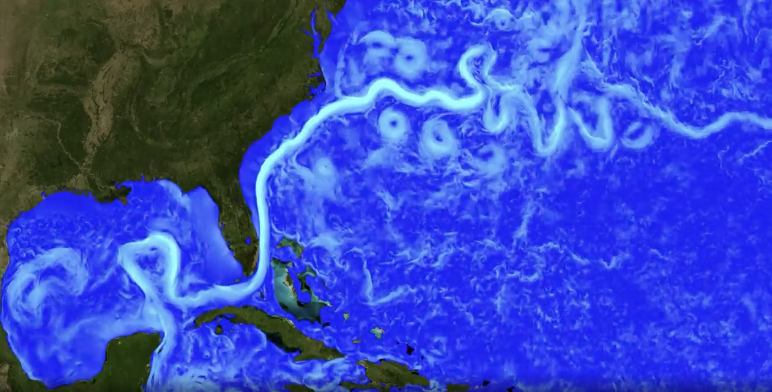
"Every time I help with visualizing [ocean] simulation data, I learn about an entirely new area of ocean or climate research, and I'm reminded of how vast and rich this area of research is. And…the real magic happens at the intersection and interaction of simulated and observed data.
It is a great honor - and a thrill - to collaborate with devoted, world-class scientists doing such important, cutting-edge research and sometimes to even help them learn something new about their science."
—Dr. Nina McCurdy, a data visualization scientist with the NASA Advanced Supercomputing division at NASA's Ames Research Center in California's Silicon Valley
Luxembourg Leaders Focus on Lunar Exploration During Visit to NASA Ames
by Abigail Tabor
The challenges of working on the surface of the Moon are at the center of a facility at NASA's Ames Research Center in California's Silicon Valley. The Lunar Lab and Regolith Testbeds help scientists and engineers - from NASA and industry alike - study how well science instruments, robots, and people might be able to safely work, manipulate, navigate, and traverse the tough lunar terrain. On March 7, three visitors from the Grand Duchy of Luxembourg - Deputy Prime Minister Xavier Bettel, Minister of the Economy Lex Delles, and Ambassador to the United States Nicole Bintner - learned more about the work happening here.
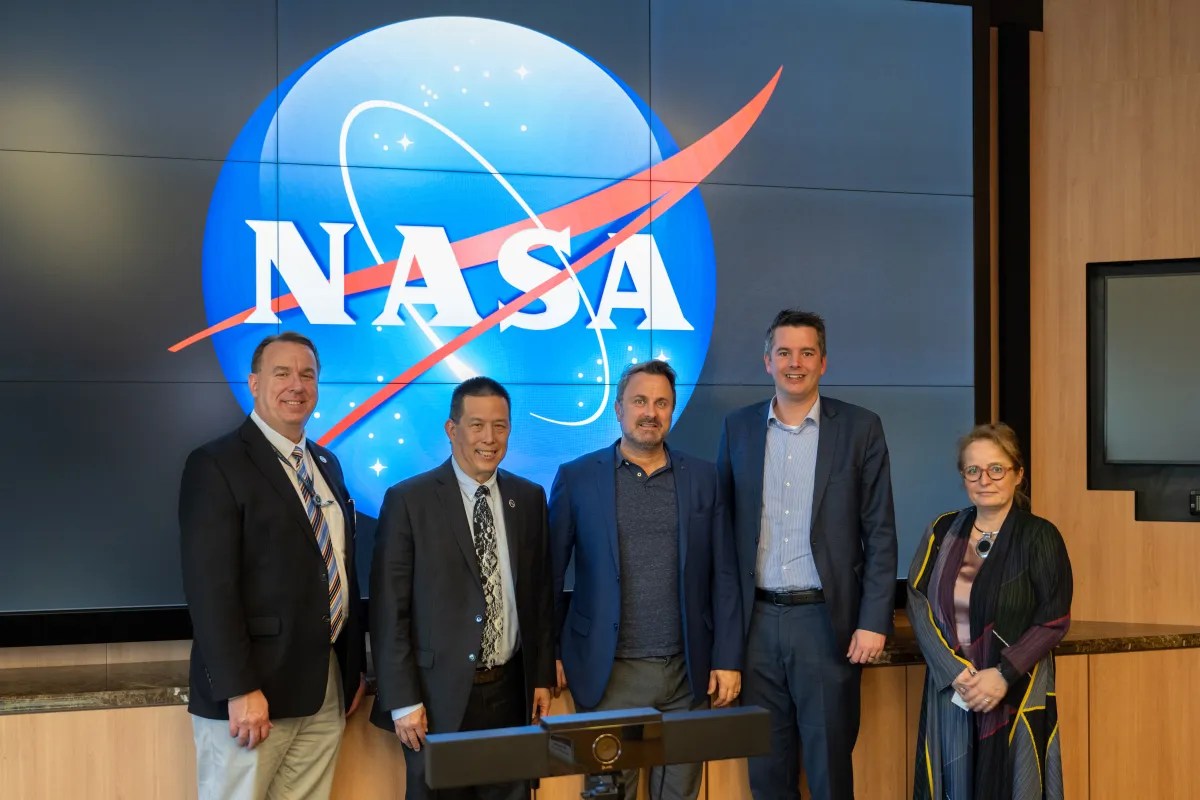
During the visit, lunar rock and crater features crafted from lunar soil, or regolith, simulant were lit by harsh, low-angle illumination to simulate sunlight conditions at the Moon's poles. Members of the VIPER mission (Volatiles Investigating Polar Exploration Rover) discussed their work testing optical sensors at the lab for NASA's water-hunting Moon rover. Engineering versions of VIPER's hazard-avoidance cameras and lighting system, tested in the facility, were also on display. The lab is managed by NASA's Solar System Exploration Research Virtual Institute (SSERVI).
The Regolith Testbeds enable research applicable to places beyond our Moon as well, including Mercury, asteroids, and regolith-covered moons like Mars' Phobos.
Luxembourg was one of the first nations to sign the Artemis Accords and has taken steps to enable commercial space exploration. At Ames, the visitors learned about the center's support of NASA's Artemis exploration goals, including with VIPER, agency supercomputing resources, and the development of advanced tools for lunar operations.
AI, Robots, Autonomy Software Discussed at Star Trek Convention
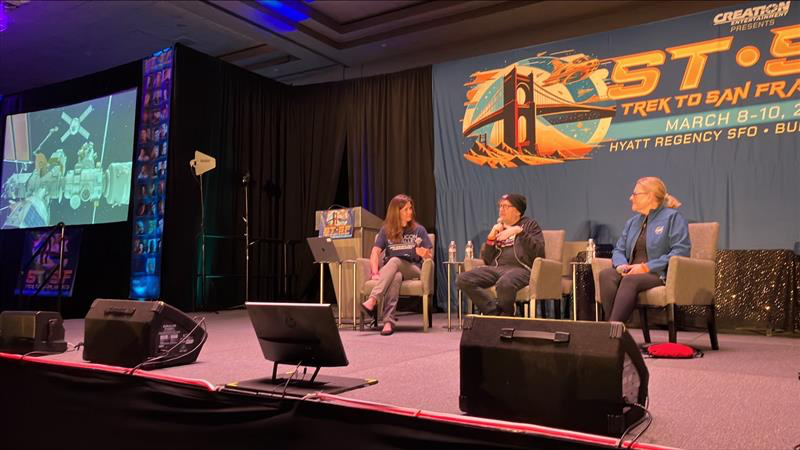
Majoring in Liberal Studies: Giving Back, Honoring Culture, and Working at NASA
Choosing a major can be intimidating, so finding Liberal Studies was perfect for community-centered Maria Lopez, deputy operations manager for the NASA Ames Exchange. Maria was interviewed by the Puente Project, a mission to increase the number of educationally underrepresented students who enroll in four-year colleges and universities, as part of the "Puente Major 2 Career Video Series." The Major 2 Career video series, which is on YouTube, focuses on different majors. The project highlights various professionals' journey from college to their career. The premise is to feature two professionals who earned the same bachelor's degrees but following different professions to show the range and opportunities to first-generation college bound students currently at the middle school, high school, and community college levels.
Maria highlighted how she landed on Liberal Studies after trying a few majors, the challenges she faced along the way, and her unexpected and exciting career with NASA. She started out in STEM education and has supported the NASA mission in different roles with the technical publications office, international office, protocol office, and the office of diversity and equal opportunity. Maria shares an array of mission enabling positions with NASA and how NASA fuels her passion for celebrating culture and community outreach. In the video, she demonstrates by example that NASA is within reach and inspires students to pursue their dreams.






